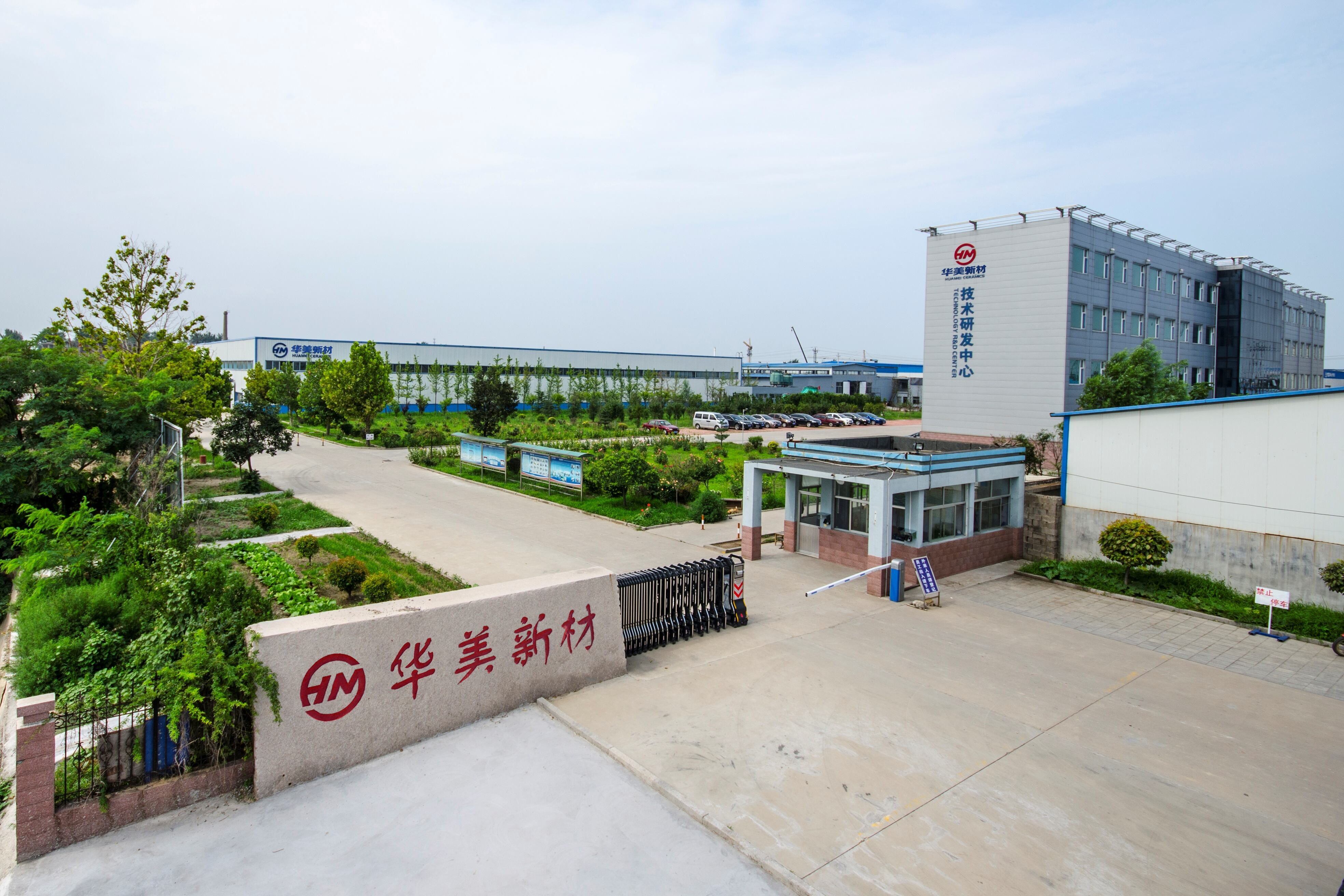Description
The KCE® silicon carbide cyclone cone sleeves/linings/liners are formed by cold isostatic pressing and is produced through reaction sintering or pressureless sintering. Inner edge manufacturing, outer diameter and end face precision machining can be carried out according to design requirements to meet different design needs of users. The silicon carbide cyclone cone sleeves/linings/liners are customized according to customer drawings.
Specifications
KCE® SiSiC/RBSiC Technical Data Sheet
| Technical Parameters | Unit | Value |
| Silicon Carbide content | % | 85 |
| Free Silicon content | % | 15 |
| Bulk Density 20°C | g/cm³ | ≥3.02 |
| Open Porosity | Vol % | 0 |
| Hardness HK | kg/mm² | 2600 |
| Flexural Strength 20°C | MPa | 250 |
| Flexural Strength 1200°C | MPa | 280 |
| 20 – 1000°C (Coefficient of Thermal Expansion) | 10–6 K–1 | 4.5 |
| Thermal Conductivity 1000°C | W/m.K | 45 |
| Static 20°C(Modulus of Elasticity ) | GPa | 330 |
| Working temperature | °C | 1300 |
| Max. Service Temp (air) | °C | 1380 |
Applications
The wear and corrosion resistance of silicon carbide ceramics is attributed to their unique crystal structure and microstructure design, which enables them to maintain excellent performance even in extreme environments.
The KCE® silicon carbide cyclone cone sleeves/linings/liners are efficient equipment components that use centrifugal force for particle separation, and they play an important role in industries such as mining, chemical, and ceramics.
Advantages
With the transformation and upgrading of the manufacturing industry and the advancement of technology, the demand for the application of silicon carbide cyclone cone sleeves/linings/liners continues to grow, and their advantages in separation efficiency, wear resistance, energy consumption reduction, and easy maintenance are becoming increasingly prominent.









